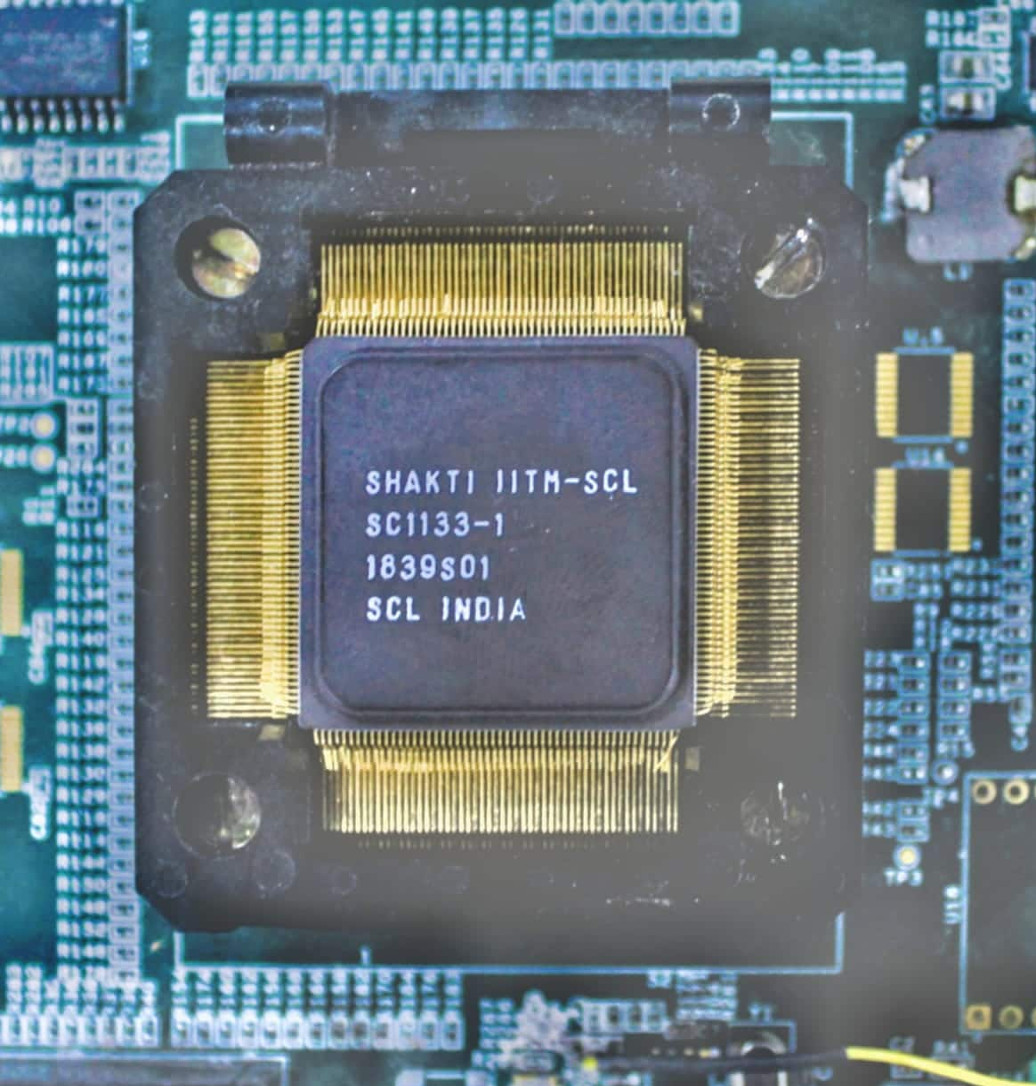Powering Next-Generation Technology

FinTech BizNews Service
Mumbai, October 22, 2025: India has steadily advanced its indigenous semiconductor capabilities over the past decade, developing home-grown processor architectures, nurturing design talent, and strengthening research infrastructure. These efforts have built a strong foundation for the country’s emergence as a key player in the global chip design ecosystem.

Building on this progress, India is now taking a major step forward with the development of a 7 nanometre processor, marking its entry into advanced node semiconductor design. Announced by Union Minister Ashwini Vaishnaw on 18 October 2025, the initiative signifies a defining moment in India’s semiconductor journey and reaffirms the nation’s commitment to self-reliant, next-generation technology innovation.
The Implementation framework
The 7 nm processor is being developed by the Indian Institute of Technology, Madras (IIT Madras), a key institution in India’s processor design ecosystem through its SHAKTI initiative. Started in 2013, SHAKTI is based on open-source instruction set architecture, allowing anyone to adopt and use it freely without restrictions.
India is presently adopting RISC-V architecture, an open-source architecture, and a family of microprocessors is being developed based on different types of devices. As part of the SHAKTI project, a medium-range open-source processor has been developed so that any start-up can take up and carry the work forward.
The project functions under Ministry of Electronics and Information Technology (MeitY), which leads national efforts in semiconductor R&D, chip design, and innovation infrastructure.
The initiative aligns with the India Semiconductor Mission, a dedicated programme to establish end-to-end semiconductor and display manufacturing capabilities and strengthen the national electronics value chain.
The framework fosters collaboration among academia, industry, and startups to enhance R&D infrastructure and expand talent capacity.
India’s leap to 7nm: Why it matters
Designed for high performance and energy efficiency, the 7 nm processor targets server applications across financial services, communications, defence, and strategic sectors.
Represents a major leap in semiconductor design, with higher transistor density and enhanced computing efficiency.
Strengthens India’s readiness for future fabrication (fab) integration, aligning with national efforts to establish domestic semiconductor manufacturing capabilities under the India Semiconductor Mission.
Forms the backbone for emerging technologies such as 5G, AI, and supercomputing — key focus areas under the Digital India initiative.
Reinforces India’s strategic goal of technological self-reliance under the Atmanirbhar Bharat vision, reducing dependence on imported chips for critical applications.
India in Global Semiconductor Landscape
Under the Rs76,000 crore India Semiconductor Mission (ISM), 10 semiconductor projects with investments exceeding Rs1.6 lakh crore have been approved across six states.
More than 288 academic institutions are supported under MeitY’s Design Linked Incentive (DLI) scheme.
The indigenous 7 nm processor design initiative marks India’s entry into advanced node R&D, placing it among the emerging nations advancing research and design at cutting-edge technology nodes such as those pioneered by the United States, Taiwan, and South Korea.
Together, these initiatives strengthen India’s position as a trusted partner in global semiconductor value chains and advance its vision of building an end-to-end semiconductor ecosystem.
The future roadmap
Continued progress toward sub-7 nm nodes through the Semicon India Programme.
Establishing advanced chip design, testing, and packaging facilities within India.
Semiconductor initiatives under MeitY and ISM are expected to attract very large investments and create thousands of high-skill jobs.
24 chip design projects have been sanctioned and 87 companies now use advanced design tools.
The initiative aims to build chips in India for the world.
The indigenous 7 nm processor initiative represents more than a technological feat — it is a statement of intent. By bridging innovation, academia, and industry, India is laying the foundation for a self-reliant, globally competitive semiconductor ecosystem. Through sustained R&D and strategic investment, the nation is set to emerge as a vital hub in the global semiconductor value chain.